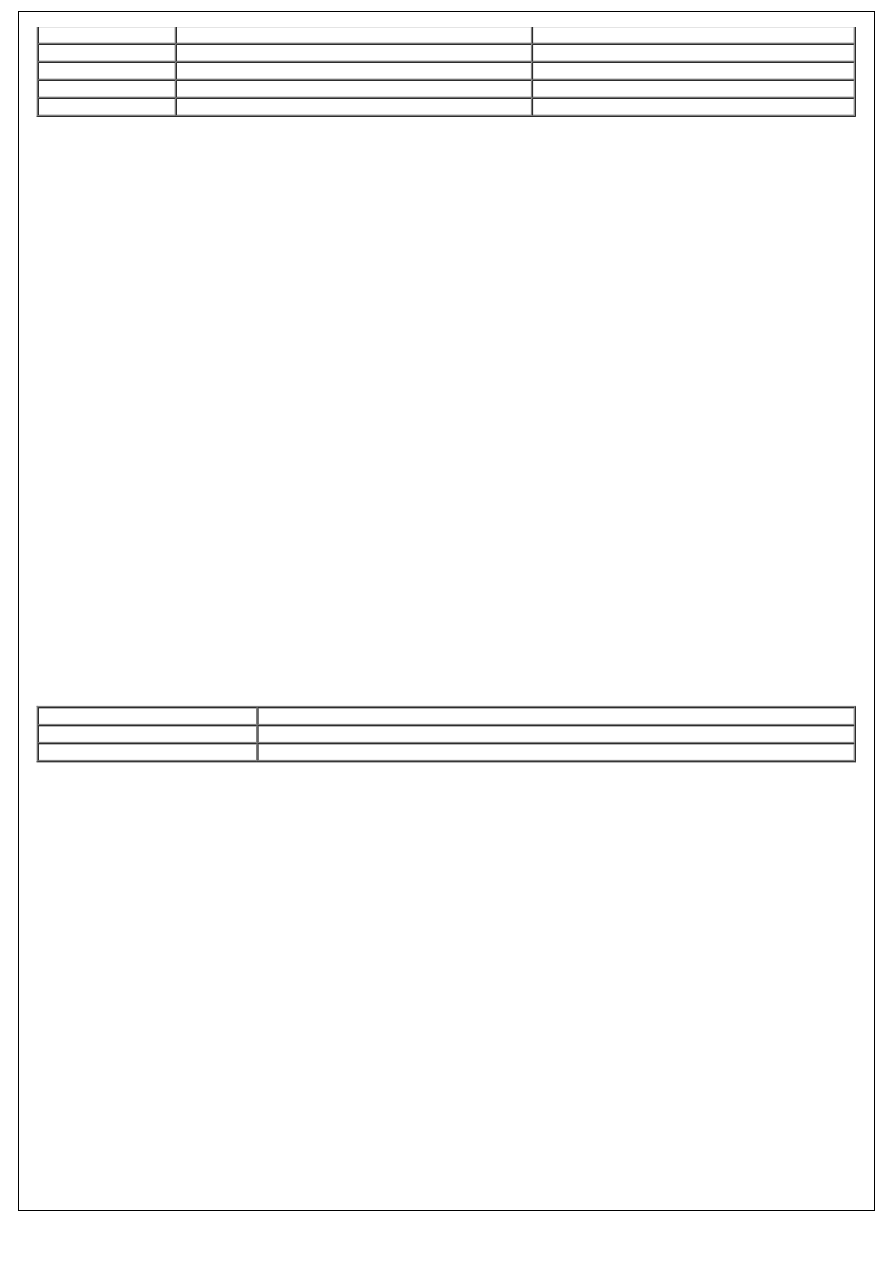Defender. Manual - part 196

A
-
110 Variant
B
-
90 Variant
1
-
Fuel cooler
2
-
Fuel filter
3
-
Fuel tank
OVERVIEW
The fuel delivery system comprises fuel filler pipe and hose, fuel tank, (including sender assembly and breather
system), fuel filter, fuel cooler, priming valve and connecting fuel lines.
The fuel system supplies fuel to the engine via a lift pump which is integral to the engine mounted injector pump. The
fuel system is a depression system with the inlet pressure at the transfer pump being -30 to -20 kPa.
Return flow from the engine is returned to the filter. To prevent filter waxing at low temperatures a thermostatic diverter
routes the warmed return flow back through the filter to the engine. At higher temperatures the return flow is diverted
back to the tank.
FUEL FILLER AND CAP
The fuel filler is located in the right hand rear quarter panel, behind an access flap. The flap is opened electrically using
a switch on the fascia which operates a release solenoid.
The filler is closed by a threaded plastic cap which screws into the filler neck. The cap has a ratchet mechanism to
prevent over tightening and seals against the filler neck to prevent the escape of fuel vapor. The filler cap has a valve
which relieves fuel pressure to atmosphere at approximately 0.12 to 0.13 bar (1.8 to 2.0 lbf.in!) and opens in the
opposite direction at approximately 0.04 bar (0.7 lbf.in!) vacuum.
A High Density Polyethylene (HDPE) molded filler tube connects the filler to the tank via a flexible hose.
FUEL TANK
The fuel tank is located at the rear underside of the vehicle between the chassis longitudinals.
The cradle is attached to the chassis with six screws. When the cradle is attached to the chassis, the tank is positively
secured via foam pads which bear against the central chassis cross beam. A protective cover is fitted to the front right
hand corner of the tank and provides additional protection.
The fuel tank is manufactured from HDPE. The tank is a sealed unit with the only internal access being via the pump
module flange aperture on the top of the tank.
A reflective metallic covering is attached to the tank with two scrivets to shield the tank from heat generated by the
exhaust system.
Fuel Tank Capacities
Variant
Fuel Tank Capacity
90
56 liters (13.2 gallons)
110
70 liters (16.2 gallons)
FUEL TANK BREATHER SYSTEM
The filler tube incorporates a tank vent which allows air and fuel vapor displaced from the tank when filling to vent to
atmosphere via the filler neck.
A breather spout within the tank controls the tank 'full' height. When fuel covers the spout it prevents fuel vapor and air
from escaping from the tank. This causes the fuel to 'back-up' in the filler tube and shuts off the filler gun. The position
of the spout ensures that when the filler gun shuts off, a vapor space of approximately 10% of the tanks total capacity
remains. The vapor space ensures that the Roll over Valve (ROV) is always above the fuel level and vapor can escape
and allow the tank to breathe.
The ROV is welded on the top surface of the tank. The ROV is connected to the atmospheric vent pipe. The ROV allows
fuel vapor to pass through it during normal vehicle operation. In the event of the vehicle being overturned the valve
shuts off, sealing the tank and preventing fuel from spilling from the atmospheric vent pipe.
The atmospheric vent pipe includes a two-way valve which allows for over-pressure relief one way and allows for air to
enter the tank as the system operates in depression.
FUEL LEVEL SENSOR
The fuel gauge sender unit is located inside the tank. The sender module is accessed and assembled by an aperture in
the top of the tank. The module flange is locked in place and sealed by a steel locking ring.
The fuel sender assembly comprises a top cover flange which locates the electrical connector for the sender and two
steel fuel pipe couplings.
The flange is sealed by a rubber seal positioned between the flange and the locking ring housing.